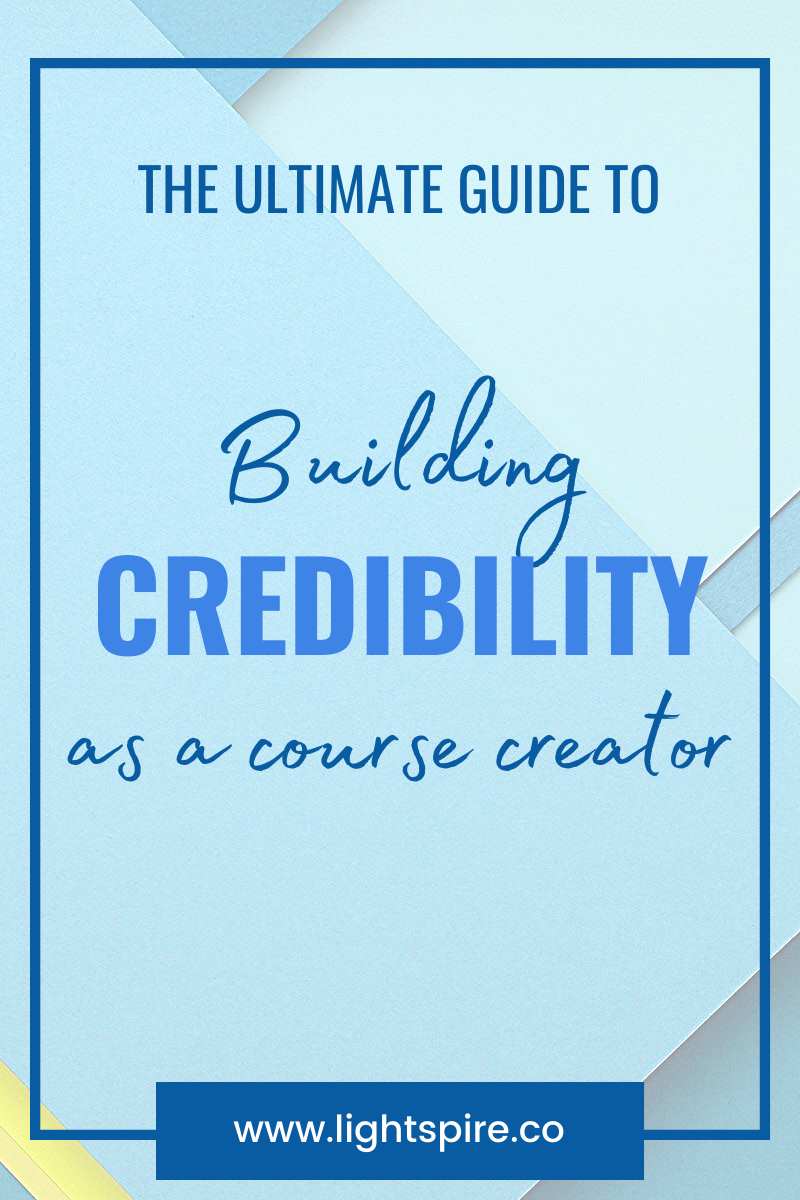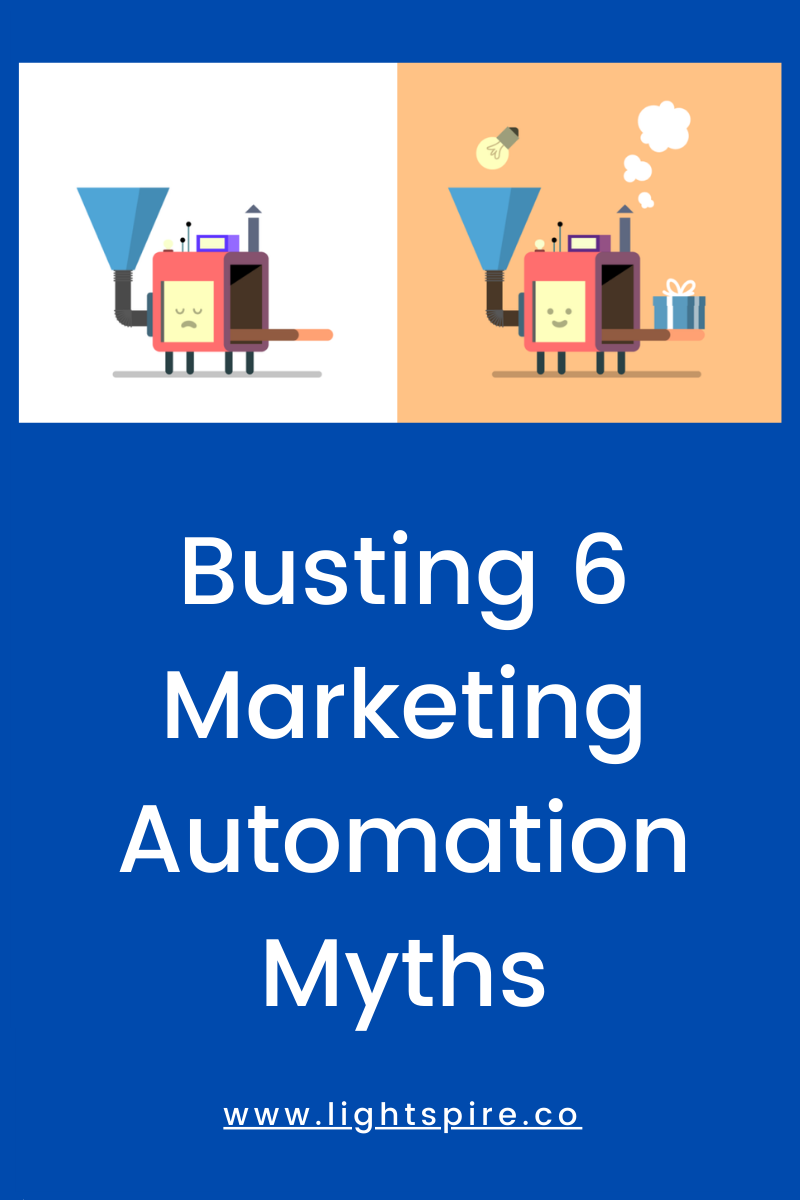Finding your unique point of view as a content creator
If you’re using content marketing as part of the outreach to your audience, you likely already know that creating content is a long game. There are no quick wins, and publishing a blog post saying, “buy my stuff” has never actually been an effective marketing strategy.
But there’s a difference between wanting to create great content and actually creating it. You know that you want to make high-quality content that will connect with your audience and provide real value. But the minute you sit down to write with the idea of “great content” hanging over your head, everything becomes overwhelming.
It’s at this point that self-doubt creeps in. Usually, it looks something like this:
“I have nothing new to say”
“My product can’t be covered well with content marketing”
“My industry is boring”
“Everyone else says it better than me”
“My (industry/niche/space) is super crowded”
And there’s some truth there. A lot of topics have been covered before. Some products are hard to write about. And EVERY niche is super crowded at this point. But that doesn’t mean you can’t make high-quality content that people really want to read.
The key to making content that only you can provide is finding your unique point of view. If you can cover topics with your own spin, or provide an interesting perspective that your audience hasn’t seen before, then you’re providing value. This also helps to establish your credibility as a content creator in your space.
Now, I know that telling you to put your own spin on things isn’t enough. You’re still going to stare at that blank page and wonder where to start. So, let’s go a bit deeper and talk about a few ways that you can find your unique perspective for content marketing.
Start venting
Have you ever been in the middle of a rant and ran out of ideas for what to say?
Yeah, me neither.
The fact is that when you’re passionate about something, even something that annoys you or makes you mad, you will have a lot to say. And this can be a great jumping-off point for impassioned content.
Take some time to write down all the things that bug you about your industry. What are people doing wrong? What are some things that could make things easier for people if only they knew? What trends bug the heck out of you?
This doesn’t mean your pieces need to be angry rants. But this brainstorming exercise is a goldmine for information that you know well, feel strongly about, and have a unique perspective on.
Take at least 3 of the ideas from your “rant list” and add them to your content calendar.
Talk to a friend
You may not realize how much you have to say about your industry until you speak to an industry outsider. Have a conversation with a friend outside of your industry - get together for lunch, hop on a Zoom call, or go for a walk while you talk about the latest developments in your space.
Walk you friend through some of the latest trends, some big ideas that others in your space are talking about, and what you think about them. Your friend will naturally ask questions to learn more, and those questions may give you a few ideas about future content you could write.
A lot of great content is about answering questions. Take a few of the questions that your friend asked and turn them into ideas for your content calendar.
Think about the status quo
By describing how things currently are, you may realize that you have some strong opinions about how to change it. What is your industry currently like? How would you describe the current major players in the space or the current way things are done?
Ok, now that you’ve thought about the way things are you can begin to think of the way things should be. How would you change the way things are done? What “best practices” need to go?
Your new “best practices” should give you another 2-3 ideas to add to your arsenal of new and fresh content.
Add a personal touch
While it may be true that every topic has been written about at least once, it hasn’t been written about from your personal perspective.
Your personal story and experience can add a unique angle to almost any piece of content.
Let’s take a look at an example. A lot of advice articles have been written about the importance of communication in relationships. There are even a lot of pieces about financial disagreements, and how they are the greatest predictor of divorce for married couples. It may feel like the world doesn’t need one more article telling couples to get on the same page about their finances.
That is, it may feel like that until Susan Kelley came along. In her Medium publication, Wholistique, Susan tells the story of trying to buy flowers on her wedding day. She hears the ominous beep of the credit card machine and knows that her account has been overdrawn by her partner…again. The essay goes on to explain the lessons we are used to hearing about finances and communication in a completely new and fresh way. The story of Susan’s wedding day and the financial struggles she faced with her partner serves as a backdrop for the advice in the story, while offering a unique and engaging perspective.
Now it’s your turn. Take a topic that you would like to write about that feels “overused”. Now consider if you have any personal stories or experiences that could provide a bit of a different angle on it. Have you ever experienced the struggle in the story for yourself? Can you offer advice to others based on what you did?
Answer non-obvious questions
Teaching your audience something new is a great way to provide high-value content. When planning this type of content, you may come up with a list of basic questions to frame the subject and provide a structure for your lesson. This focuses your efforts and ensures that you’re providing a good basic overview of your subject.
But what happens when your reader finishes that article? Once they’ve covered the basics, where do they go?
If the answer is “someone else’s site,” it might be useful to think about why.
Any basic lesson will inspire follow-up questions from your audience. If you aren’t the one answering them, they will leave your site to find the answers to those questions. By covering the answers that your post inspires, you ensure that readers stick around to learn more.
Try to make sure that you’re covering the specific questions that your audience is likely to have at a given step in the process. Your knowledge of your subject area means that you know when questions typically come up, and you can answer the “non-obvious” questions that outsiders may not think of.
It may feel like your niche is saturated with content, but hopefully with these tips you can find your unique perspective and a fresh angle for your content.






